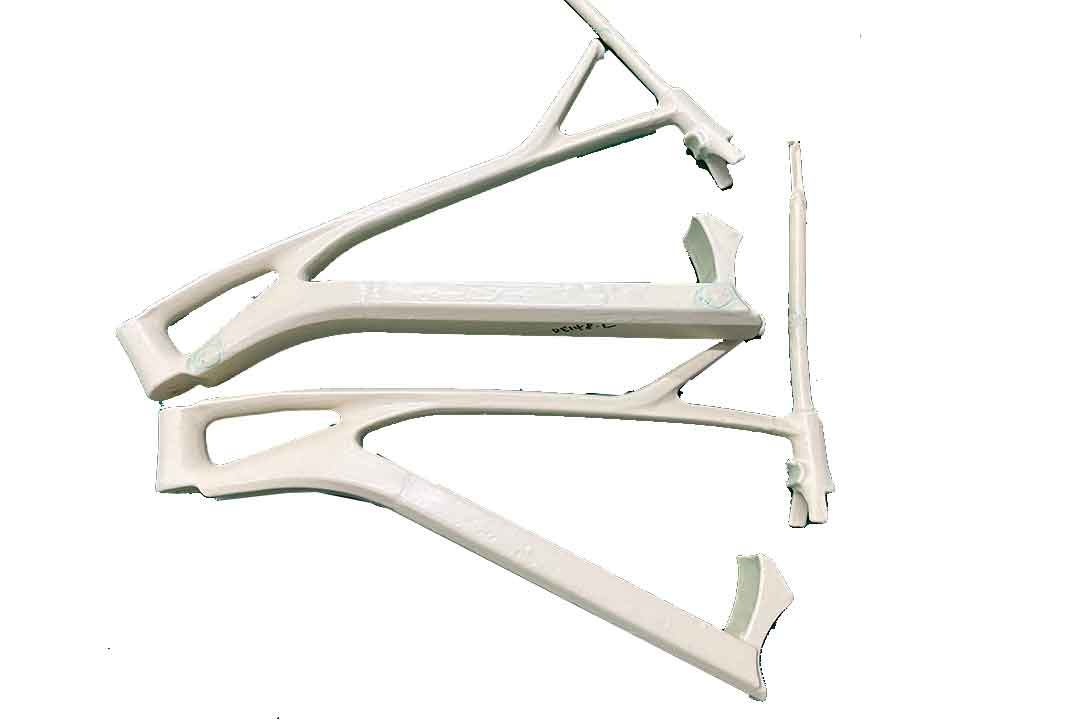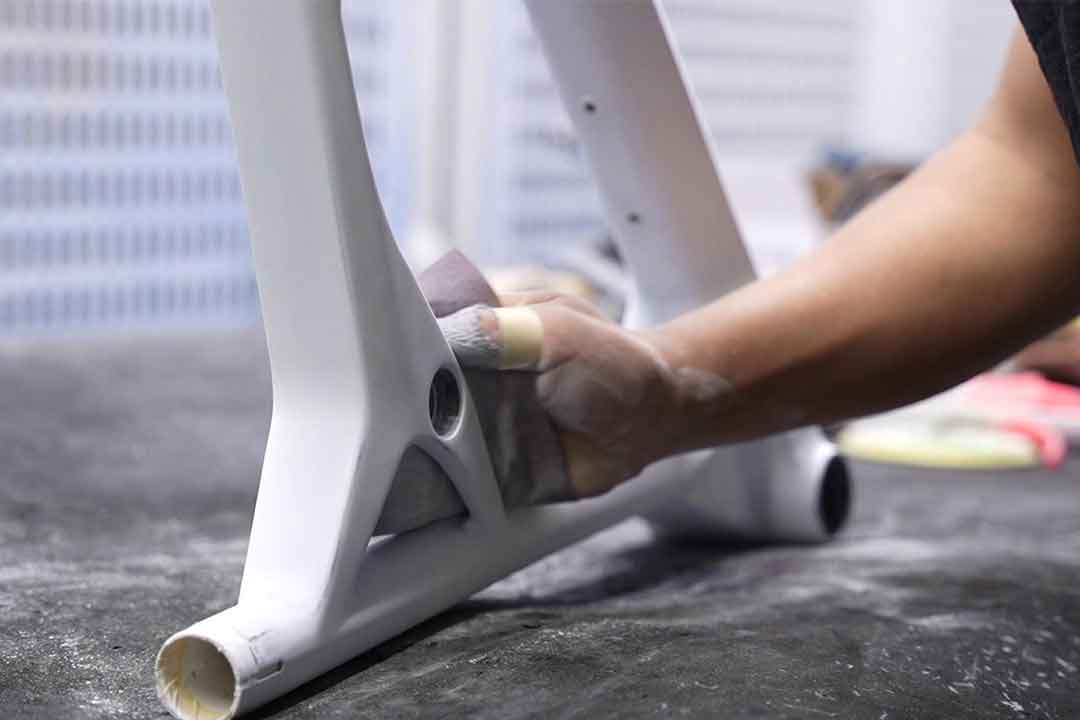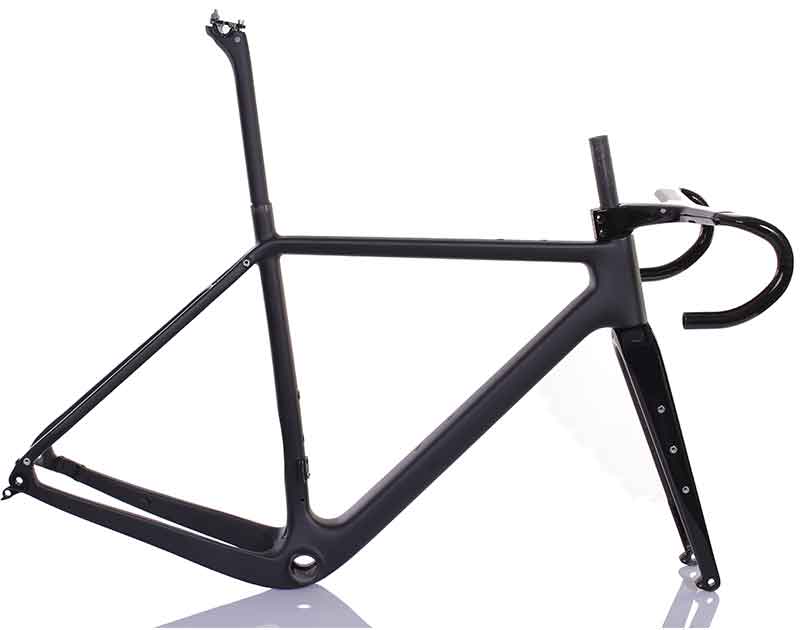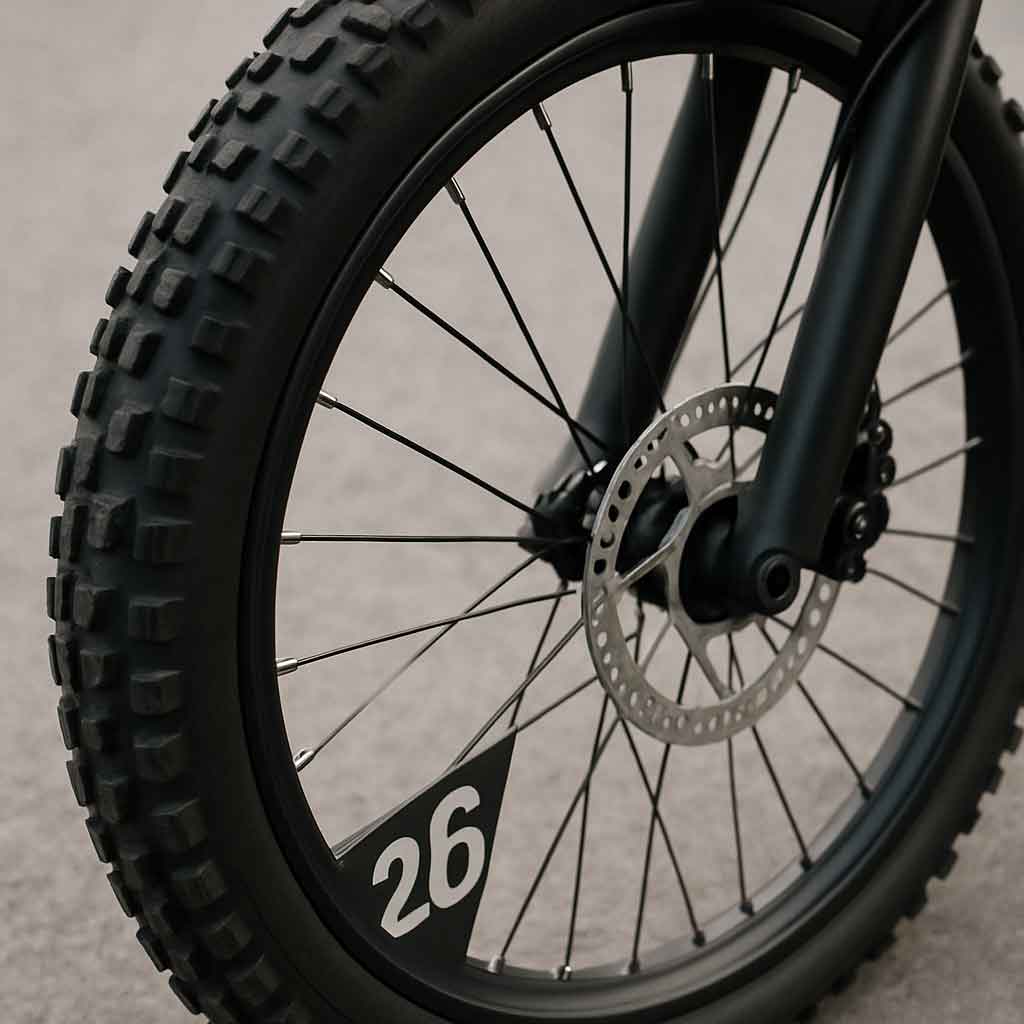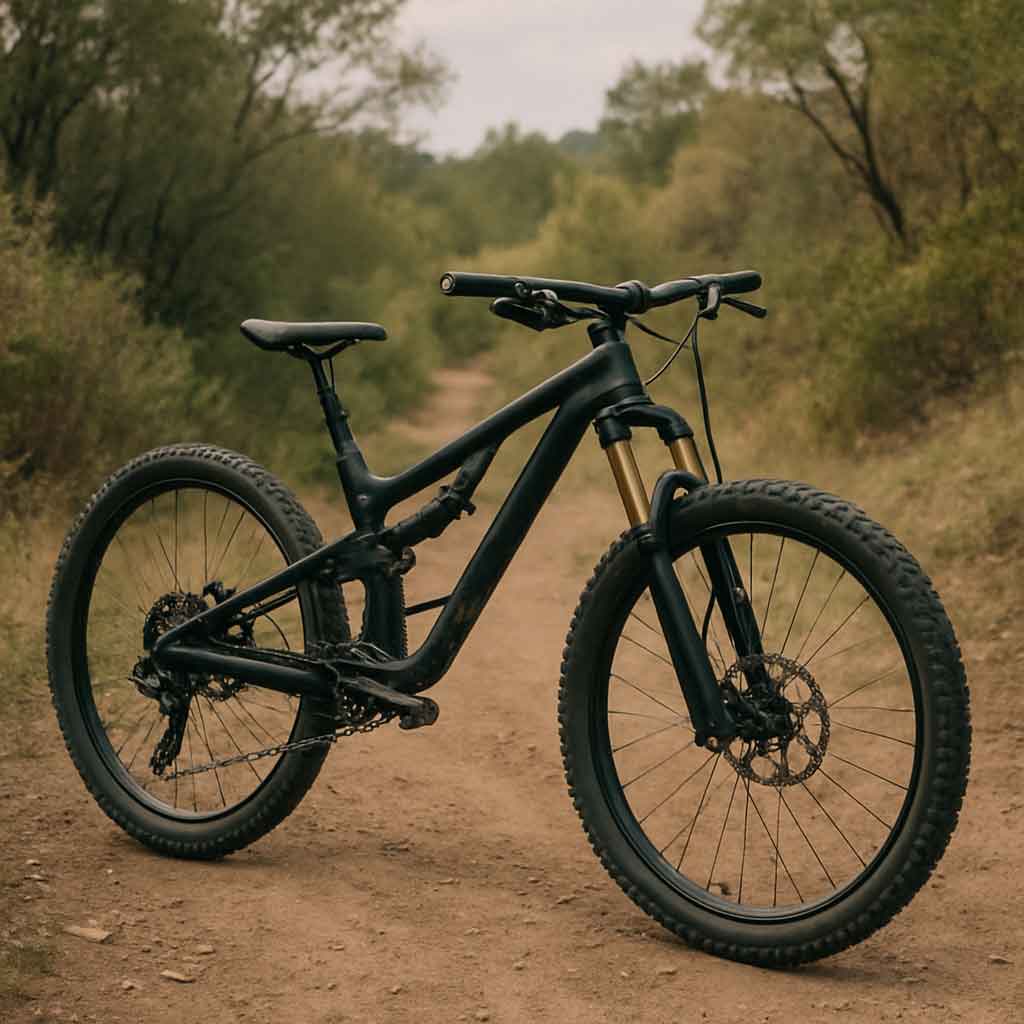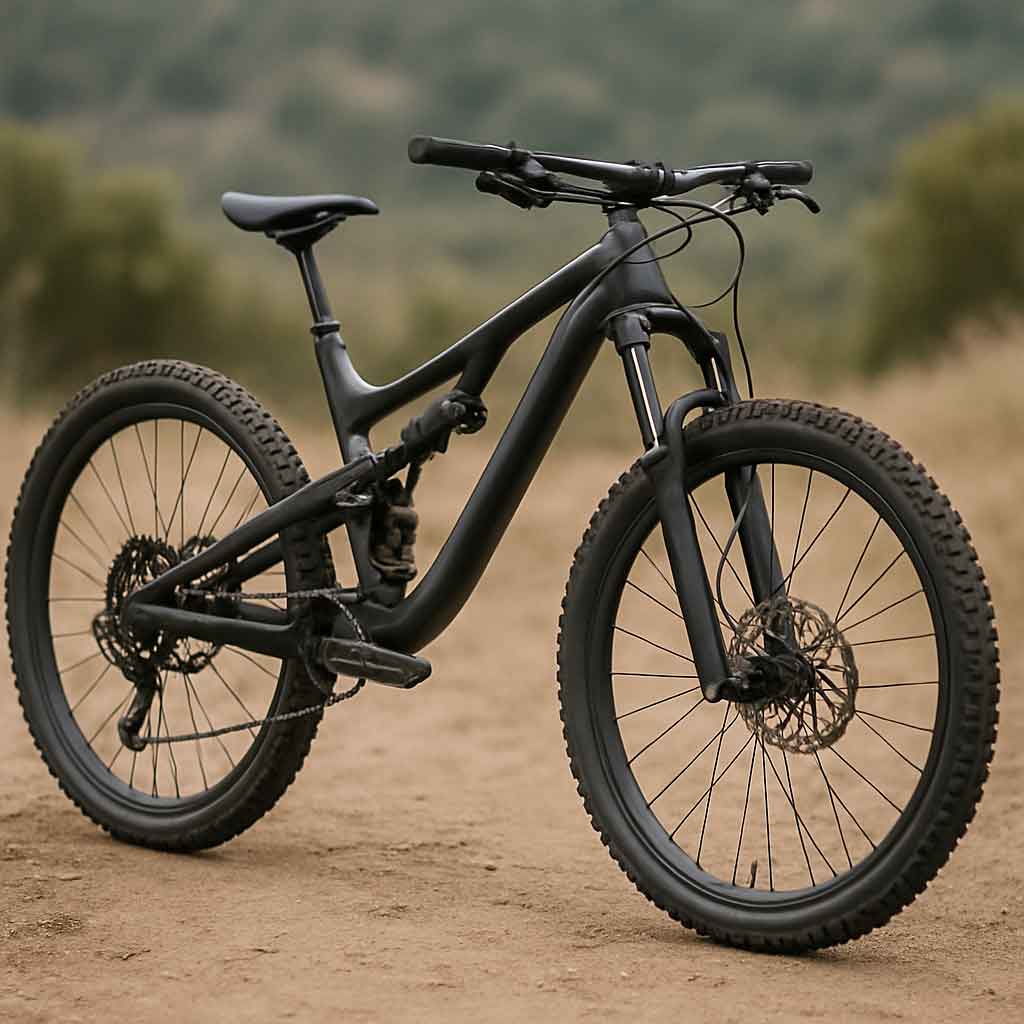Welcome to Mondince Bike - A well-known factory specialized in produce carbon bike frame and other parts since 2007.
Understanding Bike Size Charts for Beginners
Choosing the right bike size is crucial for a comfortable and efficient ride. For beginners, understanding bike size charts can seem daunting, but it doesn't have to be. This guide will walk you through the essentials of bike sizing, ensuring you find the perfect fit for your cycling adventures.
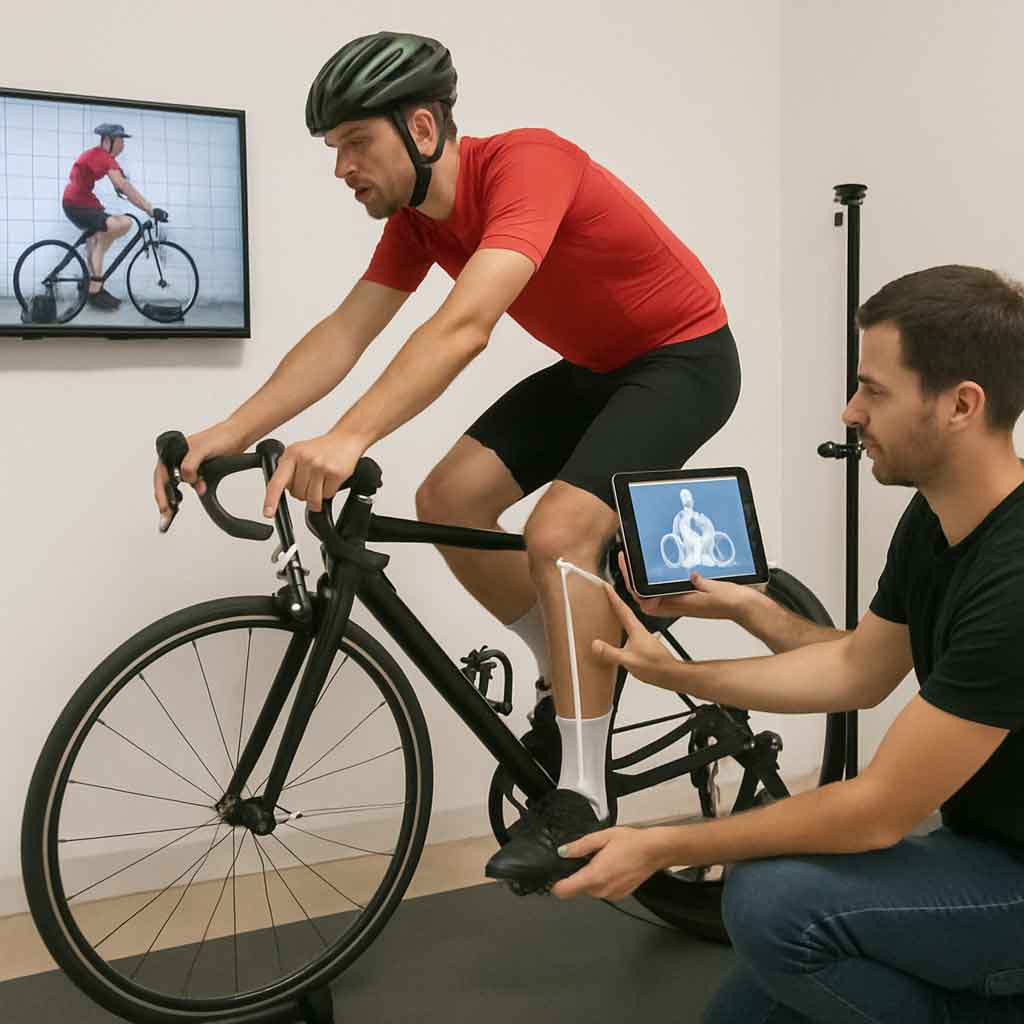
Before diving into the specifics of bike size charts, it's important to understand why bike sizing is so crucial. A bike that's too large or too small can lead to discomfort, inefficiency, and even injury. Proper bike sizing ensures:
Comfort
The right size bike will feel more natural and reduce strain on your body. Imagine going on a long ride with a bike that's too small; your knees might hit the handlebars, causing discomfort. Conversely, a bike that's too big can make you stretch awkwardly, leading to back and shoulder pain. A well-sized bike allows you to maintain a relaxed posture, minimizing fatigue on long rides.
Efficiency
A properly sized bike allows you to ride more efficiently, conserving energy and improving performance. When your bike fits well, you can transfer power from your legs to the pedals more effectively. This means you'll be able to maintain higher speeds with less effort. Efficiency isn't just about speed; it's also about endurance. A good fit helps you ride longer without feeling exhausted.
Safety
A good fit can help prevent accidents by giving you better control over the bike. With the right bike size, you can react quickly to obstacles, maintain stability on uneven terrain, and stop safely when needed. For instance, a bike that's too tall may make it difficult to reach the ground quickly, increasing the risk of falls. Safety is paramount, and a well-sized bike is a critical factor.
How to Measure for the Right Bike Size
Step 1: Determine Your Inseam
Your inseam is the most critical measurement when it comes to bike sizing. To measure your inseam:
- Stand with your feet about 6 inches apart.
- Measure from the ground to your crotch.
This measurement will help you find the right frame size for your bike. It's essential to be accurate here; even a small discrepancy can lead to choosing the wrong size. Consider having someone assist you to ensure the measurement is precise. Remember, your inseam is not just about height but also about leg length, which plays a significant role in bike fit.
Step 2: Identify Your Riding Style
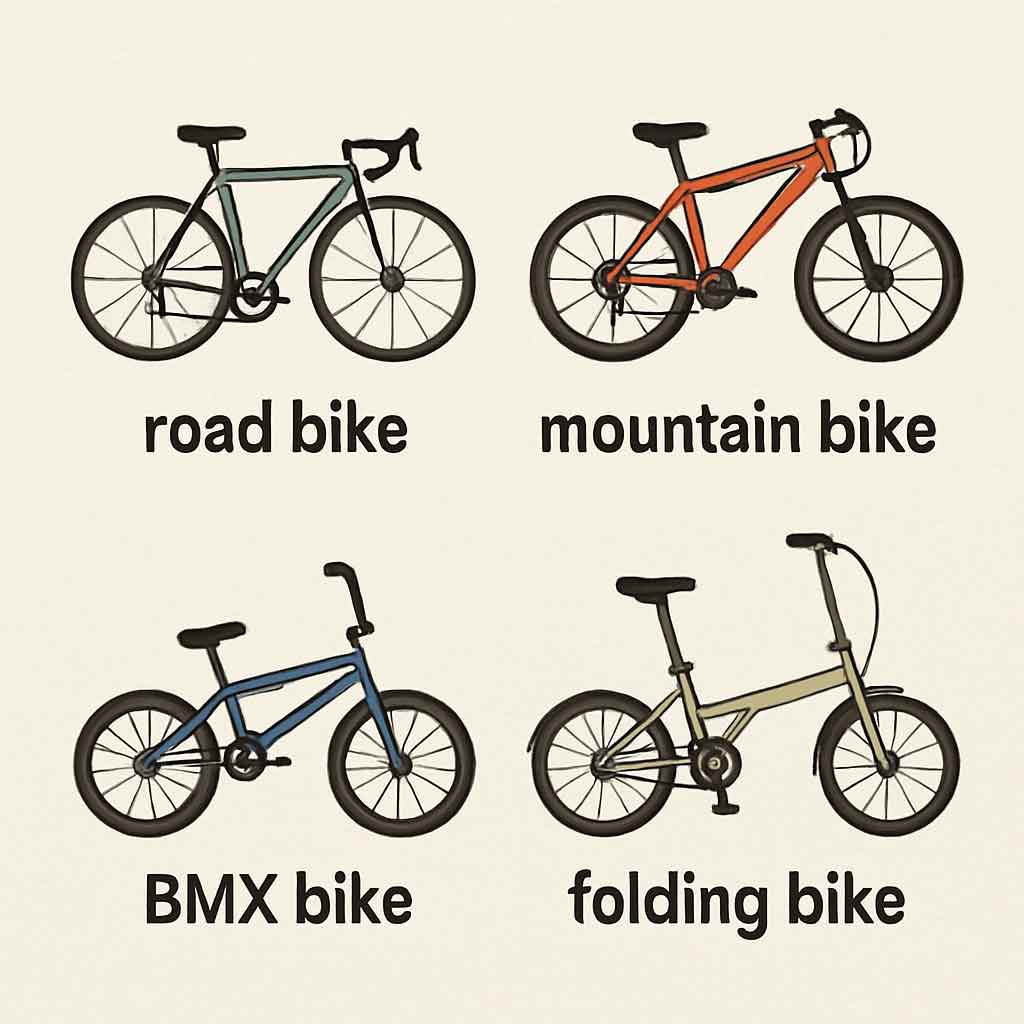
Different types of bikes require different sizing considerations. Here's a quick guide:
Road Bikes
These are designed for speed and efficiency on pavement. They typically require a closer fit for better control and aerodynamics. A snug fit helps you lean forward, reducing wind resistance. If you're interested in competitive cycling or long-distance rides, road bikes are a great choice. The geometry of a road bike is more aggressive, meaning you'll be more stretched out.
Mountain Bikes
These bikes are designed for off-road use and often have a slightly more relaxed fit for better maneuverability. You'll want more clearance and a more upright position to handle rough trails and sudden obstacles. The relaxed fit allows for better balance and control over uneven terrain. Mountain bikes often have suspension systems that influence sizing and comfort.
Hybrid Bikes
As a mix between road and mountain bikes, hybrids offer a balanced fit for both comfort and versatility. They're ideal for city commuting and light trail rides. The fit is neither too aggressive nor too relaxed, providing a middle ground that suits various riding conditions. Hybrids often come with adjustable components, allowing for customization based on personal preference.
Step 3: Use a Bike Size Chart
Bike size charts are helpful tools that convert your measurements into the appropriate bike size. Most manufacturers provide their own size charts, which can vary slightly. Here's a general guide based on inseam measurements:
| Inseam (in inches) | Road Bike Size (cm) | Mountain Bike Size (in) ||--------------------|---------------------|-------------------------|| 26-28 | 47-49 | 13-14 || 28-30 | 50-52 | 15-16 || 30-32 | 52-54 | 17-18 || 32-34 | 54-56 | 19-20 || 34-36 | 56-58 | 21-22 |
When consulting a size chart, pay attention to the specific measurements that apply to your chosen bike type. Remember, these charts serve as a general guideline. Factors like brand differences and personal comfort can necessitate adjustments. Always verify the chart with the actual bike fit before making a purchase.
Step 4: Adjust for Personal Preference
While size charts provide a good starting point, personal preference and riding style can influence your final choice. Some cyclists prefer a smaller frame for agility, while others might opt for a larger frame for stability.
Experiment with different sizes if possible, as a slightly different fit can make a big difference. For instance, a smaller frame might enhance maneuverability in tight spaces, while a larger frame can offer more comfort on long rides. Consider your typical riding conditions and choose accordingly. Personal preference plays a significant role in comfort and riding enjoyment.
Test Riding the Bike

by John Karlo Mendoza (https://unsplash.com/@jk2kphotos)
Once you have a bike size in mind, it's time to test it out. Here are a few things to keep in mind:
Standover Height
When standing over the bike, there should be 1-2 inches of clearance between the top tube and your body for a road bike, and about 2-4 inches for a mountain bike. This clearance ensures that you can safely dismount and prevents injuries in case of sudden stops. It's a simple yet effective way to gauge if a bike is the right size for you. Always check this aspect during a test ride.
Reach
The distance to the handlebars should feel comfortable, not too stretched out or cramped. Reach affects your posture and control over the bike. If the reach is too long, you may strain your back and shoulders. Conversely, a short reach can make steering awkward. Adjust the handlebars if possible, and aim for a position where your arms are slightly bent and relaxed.
Saddle Height
When seated, your leg should have a slight bend at the knee at the bottom of the pedal stroke. This bend ensures that you can pedal efficiently without straining your knees. Adjust the saddle height until you achieve this position. It might take a few tries to get it perfect, but it's worth the effort for the benefits it offers.
Common Mistakes When Using Bike Size Charts
Ignoring Personal Comfort
Even if a bike size chart suggests a particular size, comfort should always be your top priority. Don't hesitate to make adjustments or try different sizes until you find what feels best. Comfort can vary from person to person, and what works for one cyclist may not work for another. Pay attention to how your body feels during and after the ride to determine if adjustments are needed.
Not Considering Bike Type
Different types of bikes have different sizing needs. Make sure you're looking at a size chart specific to the type of bike you're interested in. Road bikes, mountain bikes, and hybrids each have distinct sizing criteria. Using the wrong chart can lead to selecting an inappropriate bike size. Ensure that the chart aligns with your bike type to avoid sizing errors.
Overlooking Adjustability
Many aspects of a bike can be adjusted to fit you better, including the saddle height, handlebar position, and stem length. Don't assume a bike is the wrong size until you've tried making some adjustments. These adjustments can significantly enhance comfort and performance. Experiment with different settings to find the configuration that suits you best. Adjustability is a powerful tool in achieving the perfect fit.
Final Tips for Beginners
Seek Professional Advice
If you're unsure, visit a local bike shop for professional fitting advice. Bike shop experts can offer insights and adjustments that you might not have considered. They can also help you understand how your body proportions influence bike fit. Investing in professional advice can save you time and ensure a better riding experience.
Don't Rush
Take your time to find the right size. It's worth the effort for a comfortable and enjoyable riding experience. Rushing the process can lead to choosing a bike that doesn't meet your needs. Be patient, try different options, and prioritize your comfort and preferences. A well-fitted bike is a key to long-term riding satisfaction.
Experiment
Don't be afraid to test different sizes and adjustments to discover what works best for you. Cycling is a personal experience, and what feels right for one person might not for another. Experimentation can lead to unexpected discoveries and improvements in your ride. Embrace the process and enjoy finding your perfect fit.
By understanding bike size charts and following these guidelines, beginners can confidently choose the right bike size and enjoy a comfortable, efficient ride. Happy cycling!



